Affiliate links on Android Authority may earn us a commission. Learn more.
The Samsung Galaxy S10 might just steal this OnePlus fan's money
Published onMarch 2, 2019
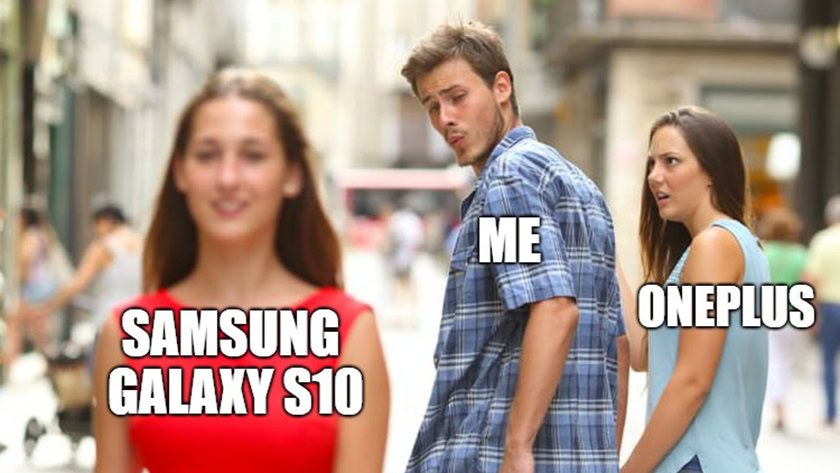
It’s no secret I’m a fan of OnePlus phones. I appreciate the company’s attention to design detail and how it offers flagship features at much lower prices than most of the competition. I also am absolutely in love with OxygenOS, the company’s beautifully simple Android skin.
But I gotta tell you: the Samsung Galaxy S10 is looking mighty fine.
I recently had the chance to visit one of the three brand new Samsung Experience Stores here in the U.S. While I was there, I got to play with three models in the new S10 lineup: the Galaxy S10, Galaxy S10 Plus, and Galaxy S10e. All three devices left me very impressed.
As I left the store, I found myself imagining buying one of the phones. I won’t lie: I haven’t seriously thought about buying a Samsung phone in years. It was like running into an old flame and finding myself imagining getting back together, even though my brain is saying, “Don’t do it! It’ll be a mistake!”
Let me tell you why the Samsung Galaxy S10 is enticing me away from my beloved OnePlus — and talk a bit about why I might not make the switch.
Why I might buy the Samsung Galaxy S10
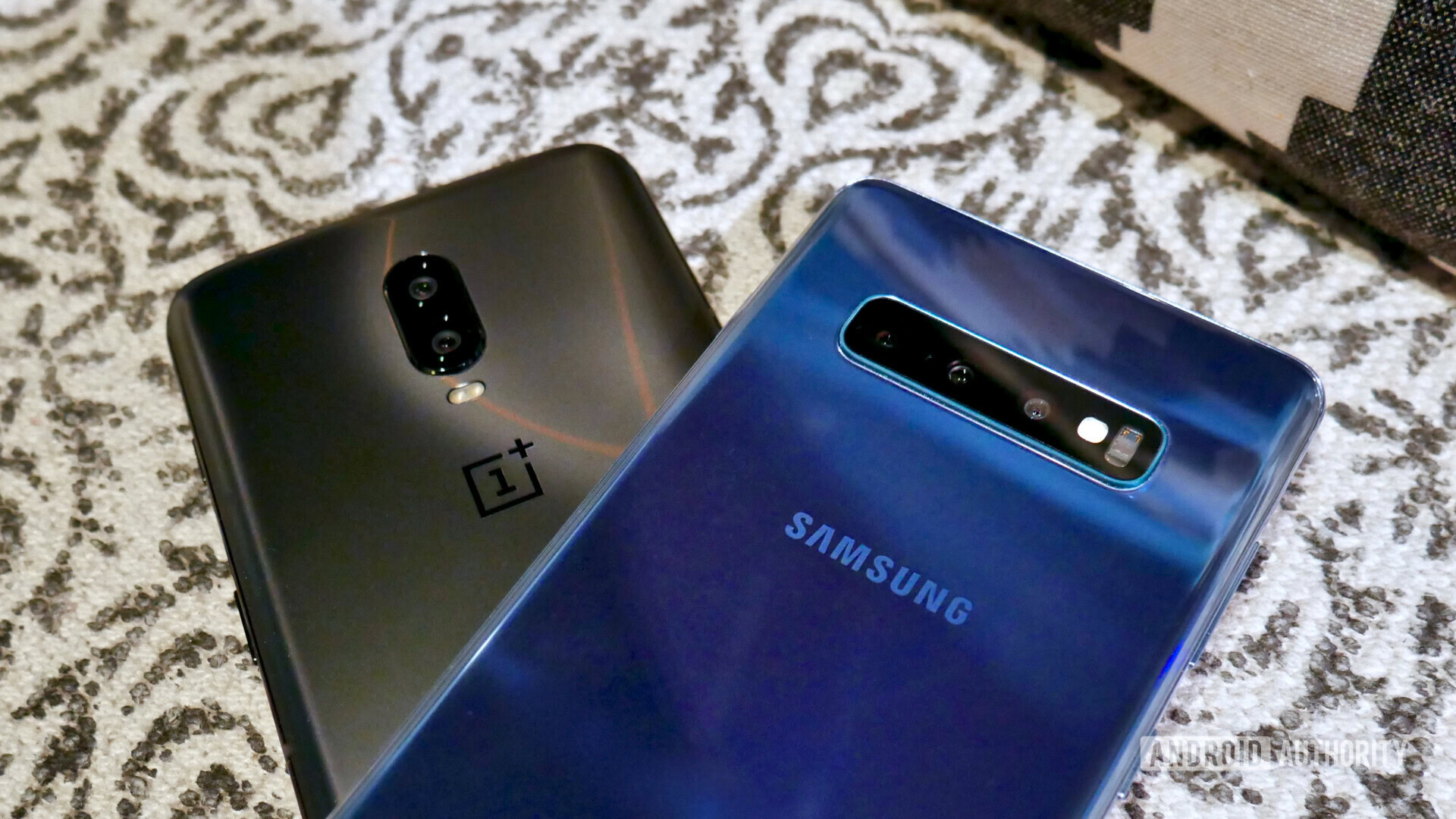
Just for a little backstory here, the last Samsung phone I owned was the Samsung Galaxy S4 which I bought in 2013. Prior to that, I owned the Samsung Galaxy S3 (one of my favorite phones ever) and before that, I owned the original Samsung Galaxy S. I am no stranger to Samsung phones.
While I loved the form factor of its devices and the myriad cool features they offer, I absolutely loathed TouchWiz, Samsung’s original Android skin. I hated it from the very beginning but kept giving it new chances with each new device.
Inevitably, with almost all my Samsung phones, I flashed CyanogenMod as soon as I could to avoid using TouchWiz. This worked, for sure, but was also a huge pain.
When OnePlus came around and announced the OnePlus One, it was like my prayers had been answered: a device with almost all the specs of a Galaxy S device pre-loaded with CyanogenMod — and it only cost a measly $300.
As soon as I got an invite for a OnePlus One I bought it and never looked back — I was officially done with Samsung.
Samsung has made huge strides in software with One UI and offers hardware features OnePlus phones don't have.
Fast-forward to today, and we have the brand new One UI, a different kind of Android skin from Samsung. While it is still a little too cutesy for my tastes, it is light years ahead of TouchWiz and Samsung Experience (TouchWiz 2.0).
I appreciate how One UI is cleaner, simpler, and more intuitive than anything Samsung’s done in the past. I also appreciate how Samsung is looking at how we use our phones today and modifying the software to accommodate — a true “customer first” approach.
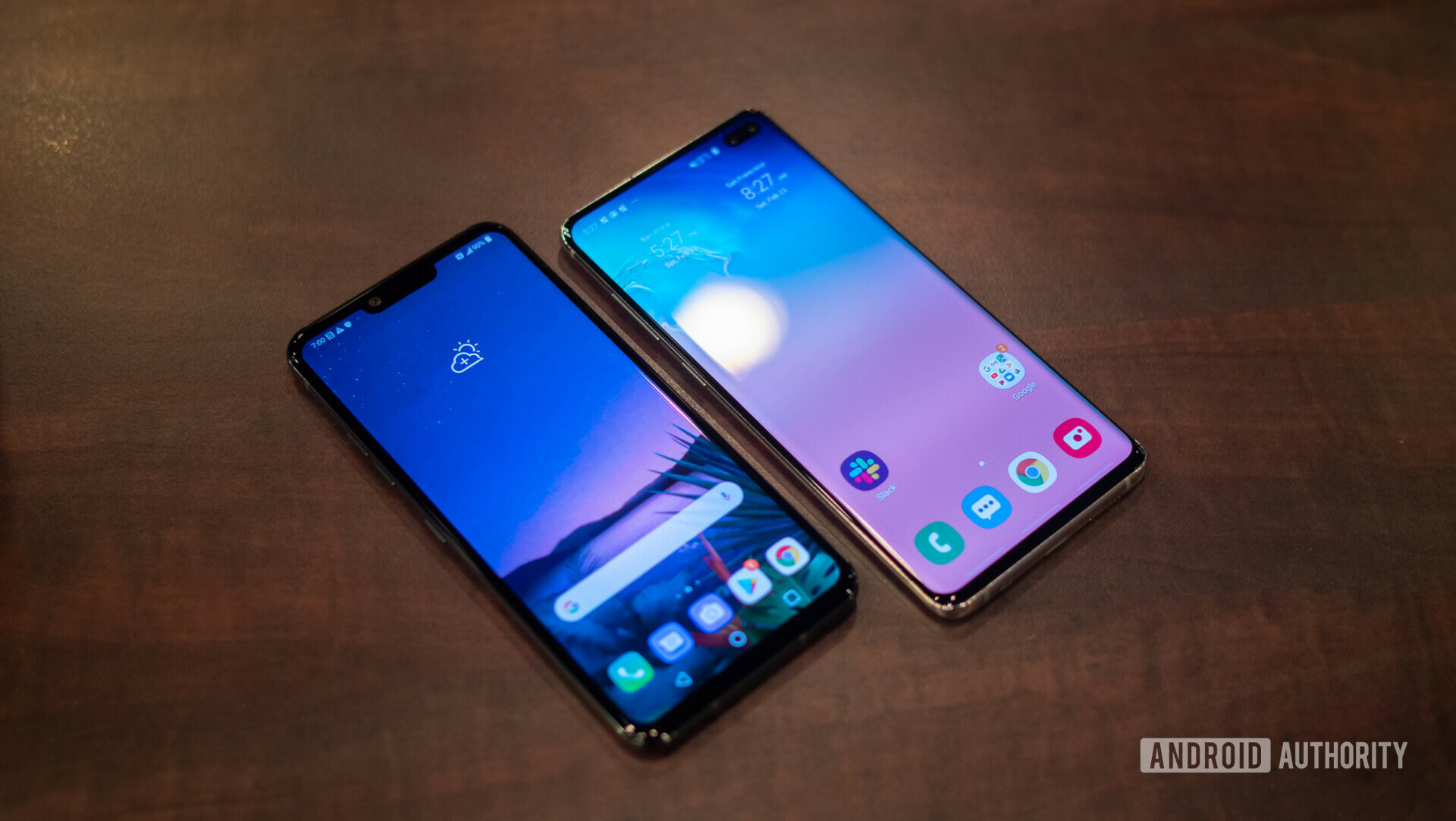
Along with One UI, the Samsung Galaxy S10 features an ultrasonic in-display fingerprint sensor, which is perfect for me. As I discuss in my smartphone essentials article, I hate having to pick my phone up off my desk to unlock it using a rear sensor. The in-display fingerprint sensor on my current daily driver — the OnePlus 6T — is one of my favorite features. From everything I know so far, it appears Samsung’s ultrasonic sensor is even better.
The Samsung Galaxy S10 also features a remappable hardware button, something OnePlus doesn’t offer. The button opens Bixby by default, but Samsung is finally listening to users and letting them map it. A single press could launch just about any app, while a double-press could do something completely different. I would have so much fun playing around with this.
Lots of little things make the Galaxy S10 pretty enticing, such as the headphone jack, wireless charging, and a triple camera setup on the rear — all of which the OnePlus 6T doesn’t have. There’s also a wide variety of specs configurations to choose from, including a Plus model with a totally bonkers 12GB of RAM and 1TB of internal storage.
All in all, the Samsung Galaxy S10 packs a lot of punches the OnePlus 6T can’t counter.
Why I might stick with OnePlus
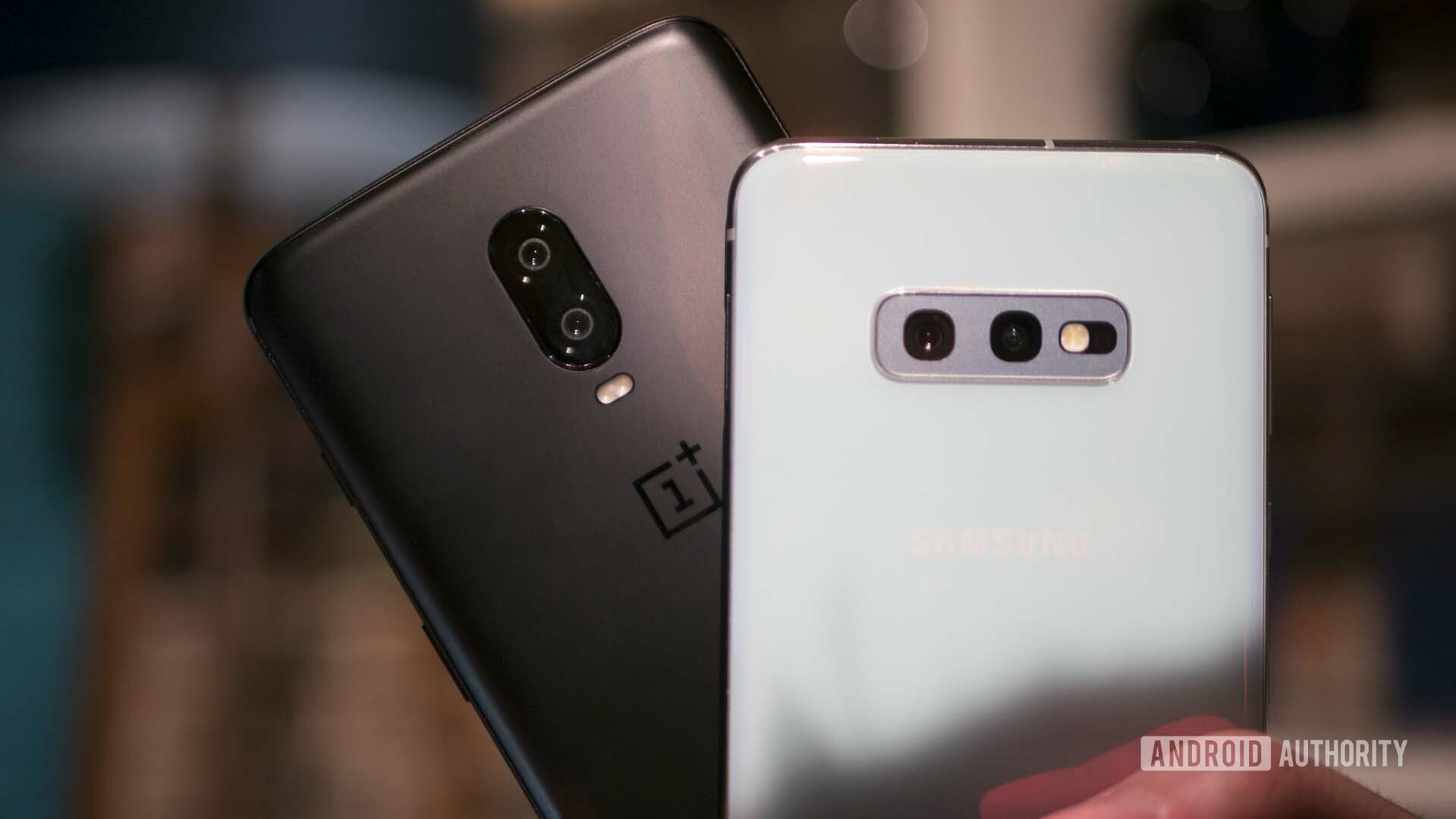
One UI and the ultrasonic sensor are awesome, and the other new features in the Samsung Galaxy S10 are quite enticing, but a few things still make me nervous about switching.
The most glaringly obvious thing OnePlus has over any Galaxy S device is price. I got the maxed-out version of the OnePlus 6T with 8GB of RAM and 256GB of storage, and it cost me $630. The cheapest variant of the Samsung Galaxy S10e still costs over $100 more, at $749. If I wanted to get a Galaxy S10 model with an equivalent RAM and storage configuration to my 6T, I’d have to spend at least $850 on an S10e.
Related: Who is the Samsung Galaxy S10e for?
Of course, the S10e wouldn’t get me the ultrasonic fingerprint sensor (the S10e has a side-mounted sensor), so I would have to spend a whopping $1,150 to get the standard Galaxy S10 with 512GB of storage to avoid downgrading my current storage level.
When it comes to price, OnePlus can deliver a device very close to what Samsung offers at literally half the cost.
If I decided to do that, I would be getting a smaller device, as the OnePlus 6T is bigger than the Samsung Galaxy S10 and the Galaxy S10e. I would have to get a Samsung Galaxy S10 Plus, which would cost me an absolutely jaw-dropping $1,250 — about double what I paid for my OnePlus 6T.
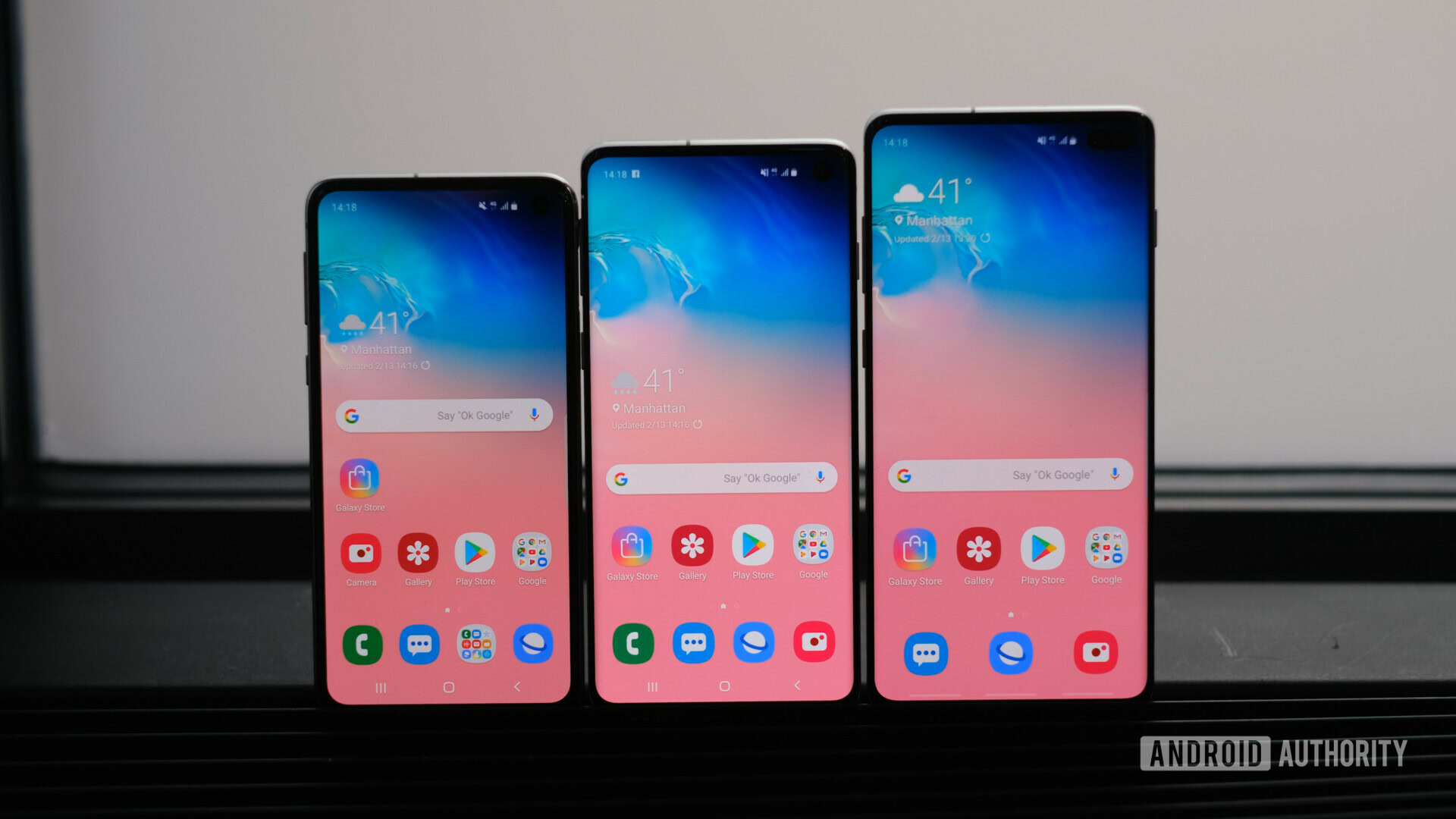
To quote The Big Lebowski: “The Dude does not abide.” I can’t imagine spending that much on a smartphone. Even if I sold my OnePlus 6T to help pay for the S10 Plus, I’d still be on the hook for $700, assuming my 6T sells for $550, which is what I’m seeing now on Swappa.
To be fair, the Galaxy S10 family does feature microSD expansion, something that OnePlus doesn’t. Obviously, microSD has it’s own limitations when it comes to speed and performance, but if I just wanted the same amount of space as my 6T I could get a base model S10 device and pick up a memory card.
Aside from price, another thing holding me back is software updates. Yes, Samsung is doing a much better job rolling out Android updates these days, but OnePlus is doing so much better. It took OnePlus all of 45 days to release a stable version of Android 9 Pie to the OnePlus 6, while Samsung took over six months to do the same for the unlocked Samsung Galaxy S9. Even if Samsung halves that for the upcoming release of Android Q, I’d still probably be waiting months longer than OnePlus users.
Until Samsung proves it can work on par with OnePlus in this respect, it’s difficult to see myself making the switch.
An important question becomes: how long will Galaxy S10 owners have to wait for Android Q?
The OnePlus 6T’s waterdrop notch is a lot nicer, in my opinion, than the punch hole cutouts on the Galaxy S10 line. This isn’t a deal-breaker or anything, but the Infinity-O display design is kind of “meh” to me. I certainly don’t hate it as much as I do the iPhone XS-style notch on the OnePlus 6 (or the godawful “bathtub” on the Google Pixel 3 XL), but I’m not a fan of it, either. In my opinion, the waterdrop notch makes the OnePlus 6T look more symmetrical and thus more appealing.
Despite my concerns with pricing, the big takeaway is that Samsung’s Galaxy S10 has a level of polish that is hard to ignore. If it’s been a while since your last encounter with a Samsung, it’s worth giving the Galaxy S10 a closer look. Today’s Galaxy is clearly a different beast from the one you might remember.
Can OnePlus win me over with the OnePlus 7? If it can’t, I might just have to keep my eye out for future discounts on the Galaxy S10 Plus.